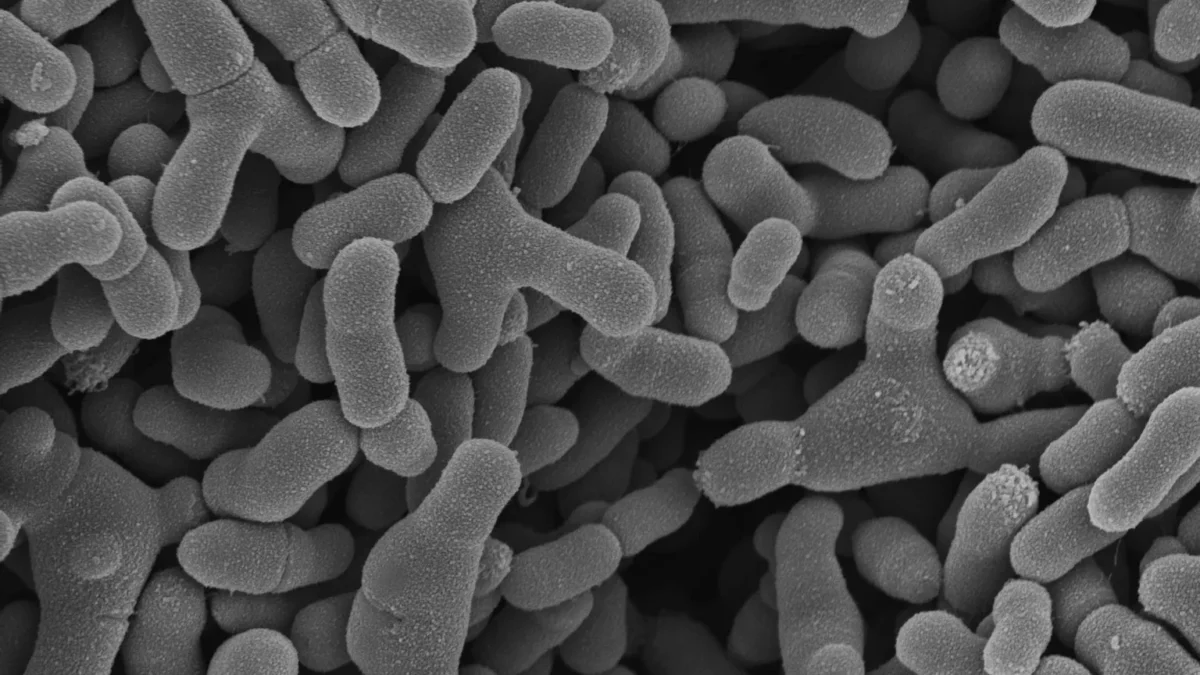 #News
#News
Racism, lack of education, and living conditions increase the risk of death from AIDS
A study of 28.3 million Brazilians revealed how social determinants of health impact the number of deaths caused by the HIV virus
 According to research, there is a higher risk of infection and death in Black people, as well as a direct relationship between levels of income, housing, and education and HIV rates and death | Photo: Shutterstock
According to research, there is a higher risk of infection and death in Black people, as well as a direct relationship between levels of income, housing, and education and HIV rates and death | Photo: Shutterstock
A retrospective study of 28.3 million Brazilians, conducted over nine years (2007 to 2015), revealed the impact of social determinants of health (SDH) on the morbidity and mortality rates for the human immunodeficiency virus (HIV), which causes acquired immunodeficiency syndrome (AIDS), in the poorest part of the population. Data were compiled from Brazil’s Unified Registry (which centralizes information on social program beneficiaries) and the Ministry of Health.
The study’s findings were published in The Lancet Regional Health – Americas. As far as is known, this was one of the largest and most comprehensive studies on the effects of SDH on infectious diseases.
Researchers from scientific institutions in Bahia, the United Kingdom, and the United States showed that there is a considerably higher risk of infection and death caused by the virus in Black people, as well as a direct relationship between income, housing, and education levels and AIDS incidence and deaths. Geographic factors also played a significant role.
“Low income may characterize socio-structural resource limitations and can be strongly related to social exclusion and food insecurity, which are potential barriers to early diagnosis, initiation or adherence to antiretroviral treatment,” write the study’s authors.
According to the study, there is also evidence that poverty, in addition to being associated with HIV risk, is related to reduced access to treatment and worse outcomes among people living with HIV/AIDS.
The results show a strong correlation between educational level and the AIDS outcomes analyzed.
Illiterate people have a 46% higher risk of developing AIDS and a 176% higher risk of dying from AIDS when compared to people with a higher level of education.
Illiteracy increases the risk of fatality by 130%. Not having completed elementary school increases this rate by 104%.
This is due to factors ranging from access, understanding, and the ability to act on information (ways to prevent it, the importance of testing and treatment) to access to medical care.
Impacts of structural racism
Racial factors also have an impact on mortality. Black people presented a 53% higher risk of getting AIDS and a 69% higher risk of dying from the disease when compared to those who identified as white or of Asian descent.
“In high-income countries, the mortality rate is higher among Black people,” state the study’s authors.
This higher risk, they say, is considered a consequence of structural racism, including racial inequalities in access to and quality of health services, “since there is no evidence that genetic factors play a role in infection.”
The researchers point out that structural racism in Brazil is also manifested in substandard housing, poorly paid jobs, and unfair working conditions, perpetuating racial inequalities, and subjecting this population to worse outcomes related to HIV.
In itself, substandard housing conditions are also related to a higher HIV/AIDS incidence and mortality rate.
Interestingly, regions with significant development and infrastructure (such as the South and Southeast), as well as urban areas, were associated with a higher rate of HIV/AIDS.
According to the authors, although they have more access to health services and information, big cities also have other factors that can contribute to higher morbidity from HIV/AIDS.
Finally, beneficiaries of the Bolsa Família program for five years or more were less likely to become ill or die from AIDS.
“This may be due to a reduction in poverty caused by the federal cash transfer program and the conditions for receiving the benefit, such as the need for primary healthcare service checkups and school attendance by children and adolescents. This brings families closer to the services that carry out diagnosis and health education actions,” say the researchers.
The authors conclude that without the implementation of significant interventions to improve the social determinants of health, especially social protection programs, “there is a risk that the current increase in poverty and social vulnerability rates—due to factors such as the COVID-19 pandemic, the war in Ukraine, and global inflation—will reverse progress made in the fight against AIDS in recent decades.
*
This article may be republished online under the CC-BY-NC-ND Creative Commons license.
The text must not be edited and the author(s) and source (Science Arena) must be credited.
News
 #News
#News
 #News
#News
 #News
#News
